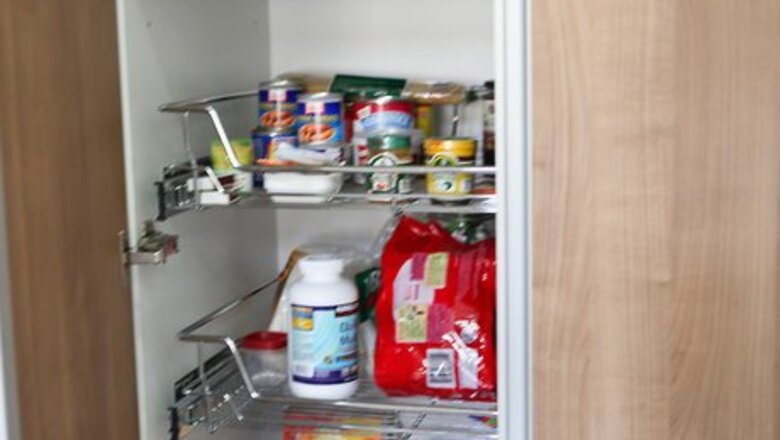
views
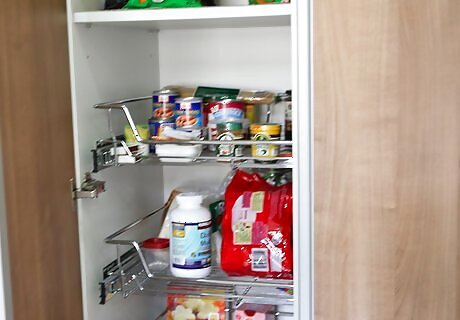
Choose a space for your pantry. If you have no dedicated space for a pantry, remember that any indoor place that is cool and dry could work. It's best also to keep your pantry near your kitchen. Be creative. You can use a cabinet in your kitchen, garage (if it doesn't get too hot or cold), cellar, or even a nearby closet or bin. If no space is built in, be creative and create your own.

Consider the food items you eat regularly. Make a list of foods you eat at least once a week. Include the main ingredients of meals you cook. For example, you have spaghetti two nights a week, and meat loaf on the weekends. For these, you always need the same items: pasta, ground beef, bread crumbs, tomato sauce, Parmesan cheese, a loaf of Italian bread, a couple of eggs, etc. Write these items on your list.
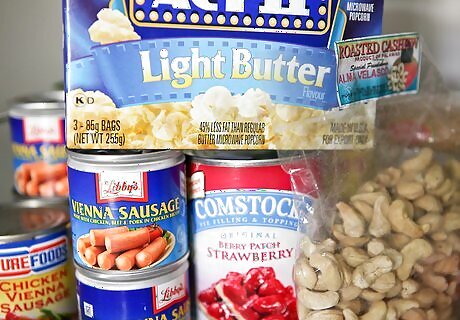
Take note of the "food pyramid." Your staples should include a little from all the food groups, but the pantry is only for things that don't need refrigerating, such as canned goods, oils and vinegars, and soups, rice or beans. (How to stock a fridge is a different matter).
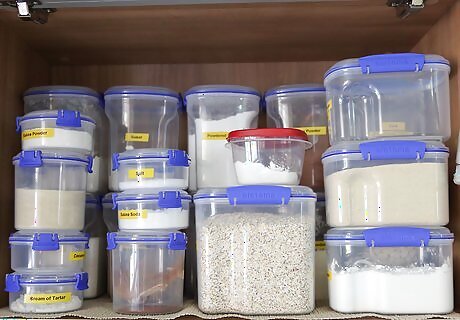
Include common universal cooking ingredients. Most pantries should include flour, sugar, salt, your favorite spices, and cooking oil. (Don't go overboard with spices, but if you use spices a lot try to buy whole they last at least around 2 years under proper conditions).
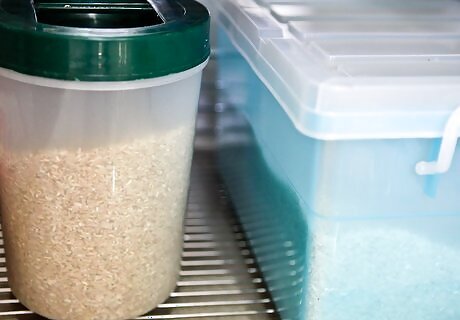
Stock your shelves with food staples. Your pantry should also have the basics of foods you eat a lot, such as rice, pasta, cereal, beans, lentils and potatoes. To keep them fresh and bug-free, use mason jars with screw-on lids, keeping one type of lentil, bean or rice in each, and write it on top along with the date. They look nice in there, too.
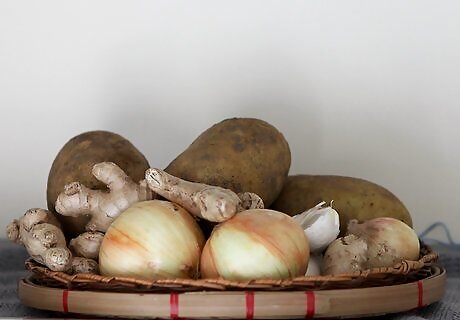
Keep frequently used ingredients on hand, even if they don't go into the pantry. You will also want to keep ingredients that you use frequently on hand. These items will go with many dishes, and include such things as: fresh onions, garlic, canned tomatoes, vegetable/chicken broth, high-quality olive oil (for dressing finished dishes, not for cooking), balsamic vinegar, chocolate syrup, tortillas.
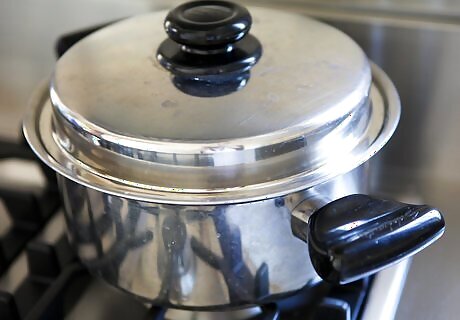
Start cooking. You can use the lists here for ideas to get started, but the very best way to stock your pantry is to buy extras of things that you use, when you use them. That way, your pantry will reflect your cooking style.
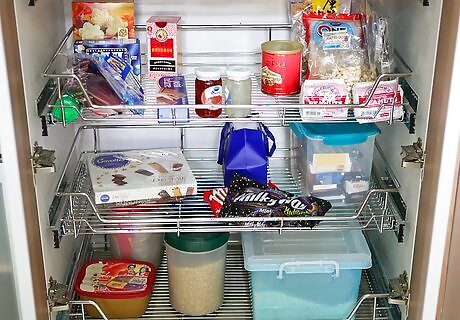
Organize your pantry according to types of foods so that you can find things. Grains: Rice, pasta, bread, beans, oatmeal, etc. Seal these tightly to prevent infestations. Also remember that while grains keep well for a long time, they do eventually go rancid. Root vegetables: onions and potatoes, yams, and the like can go in your pantry. Just make sure to use them promptly. Oils and sauces: olive oil, vegetable oil, Worcestershire sauce, vinegar, and so on. Many sauces require refrigeration, so read the labels first. Baking supplies: baking soda, chocolate chips, salt, cooking spray. Canned goods. Prepared foods and snacks: crackers, cookies, dried fruit, chips, and anything else you like for munching.
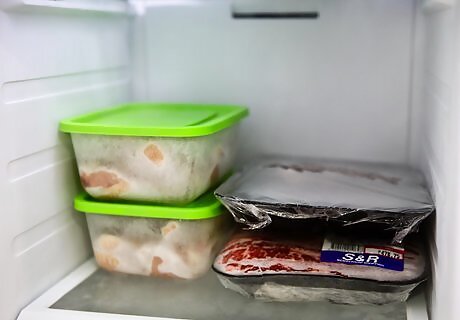
Consider your freezer an extension of your pantry. You can do a lot of cooking with frozen meats and veggies and a few pantry staples.

Clean out your pantry occasionally. If you find something that is old and spoiled, throw it out. If you find you no longer use as much of an item as you thought, and the food is still good, donate it to a canned food drive.




















Comments
0 comment